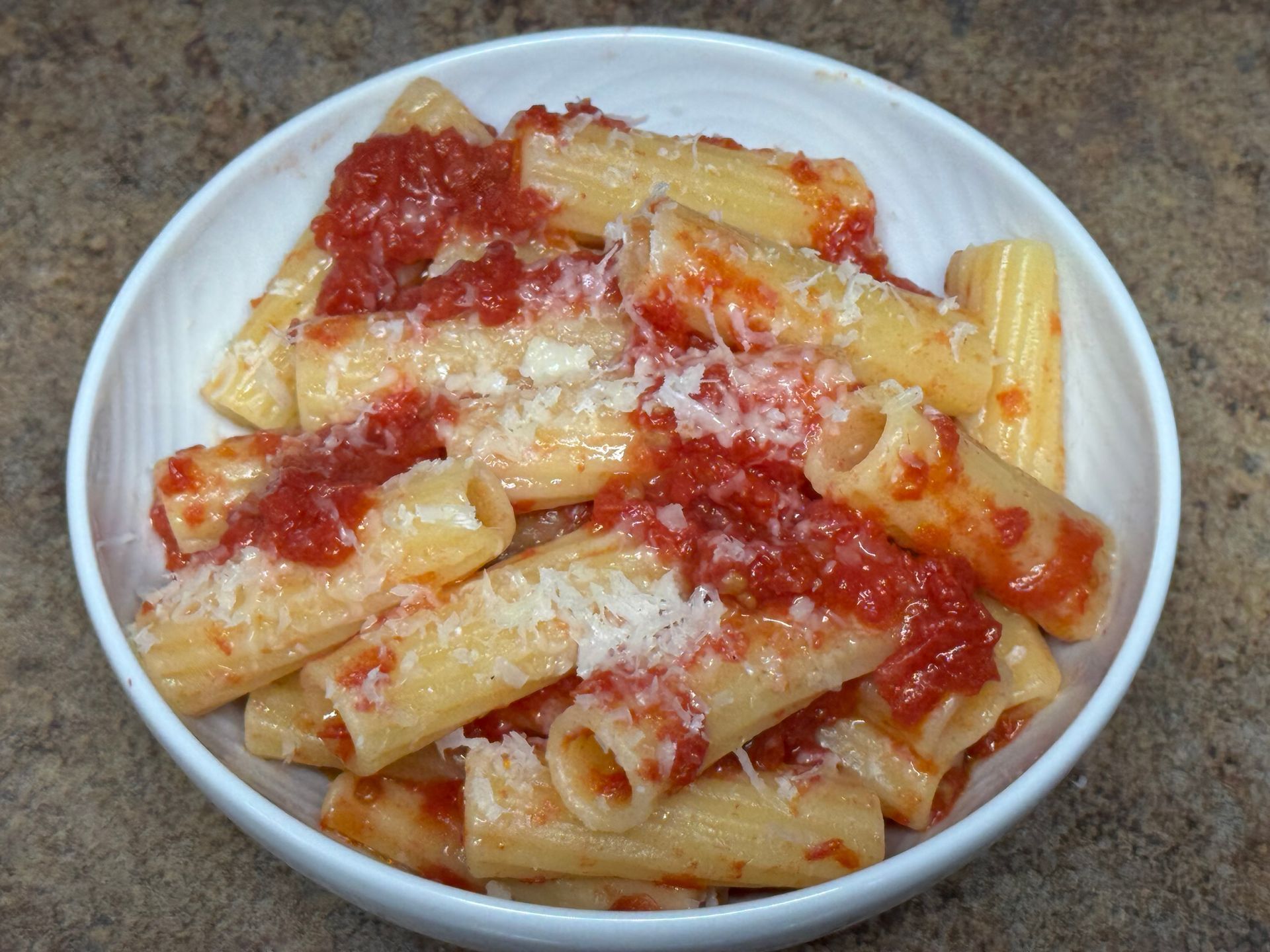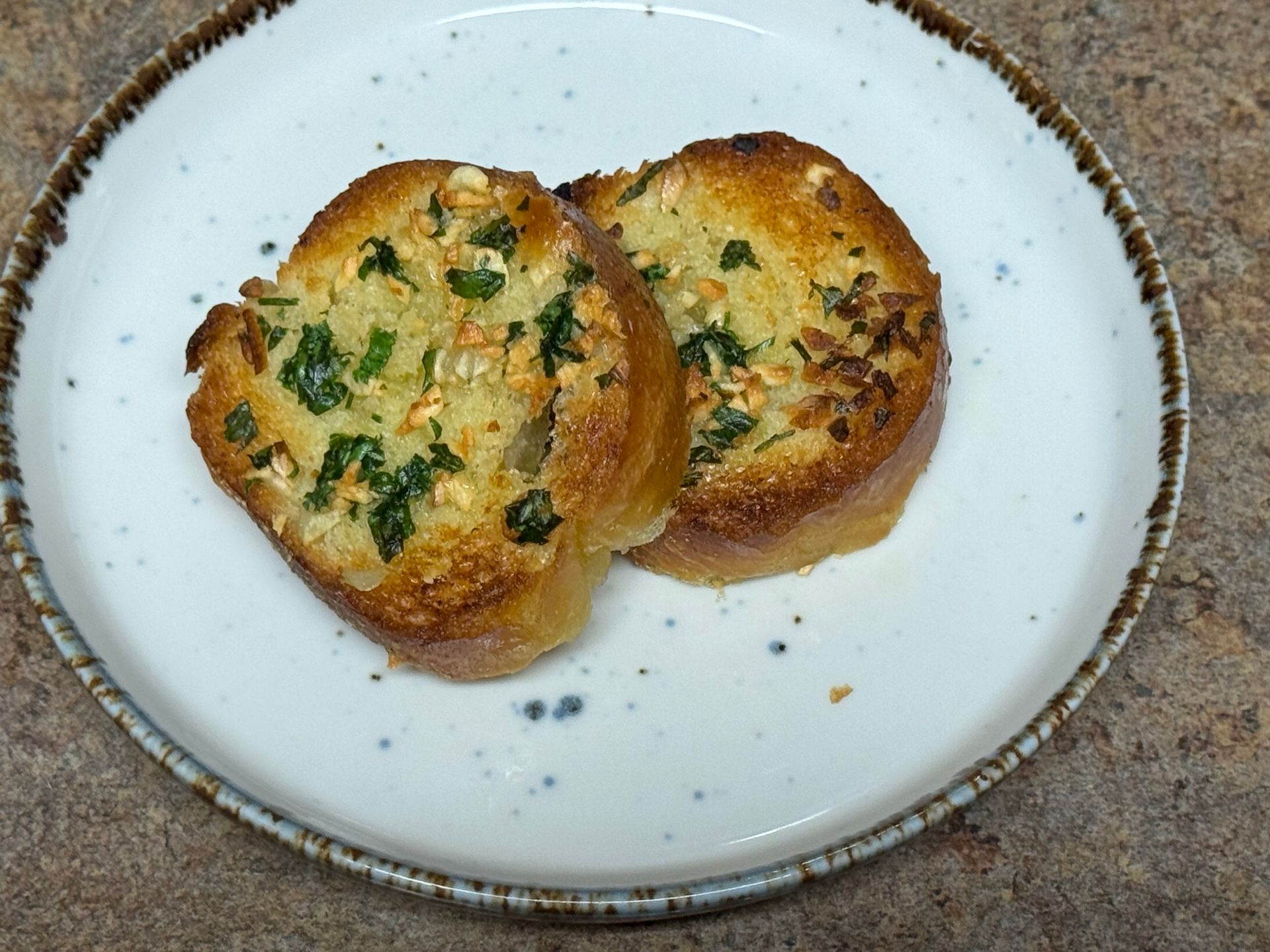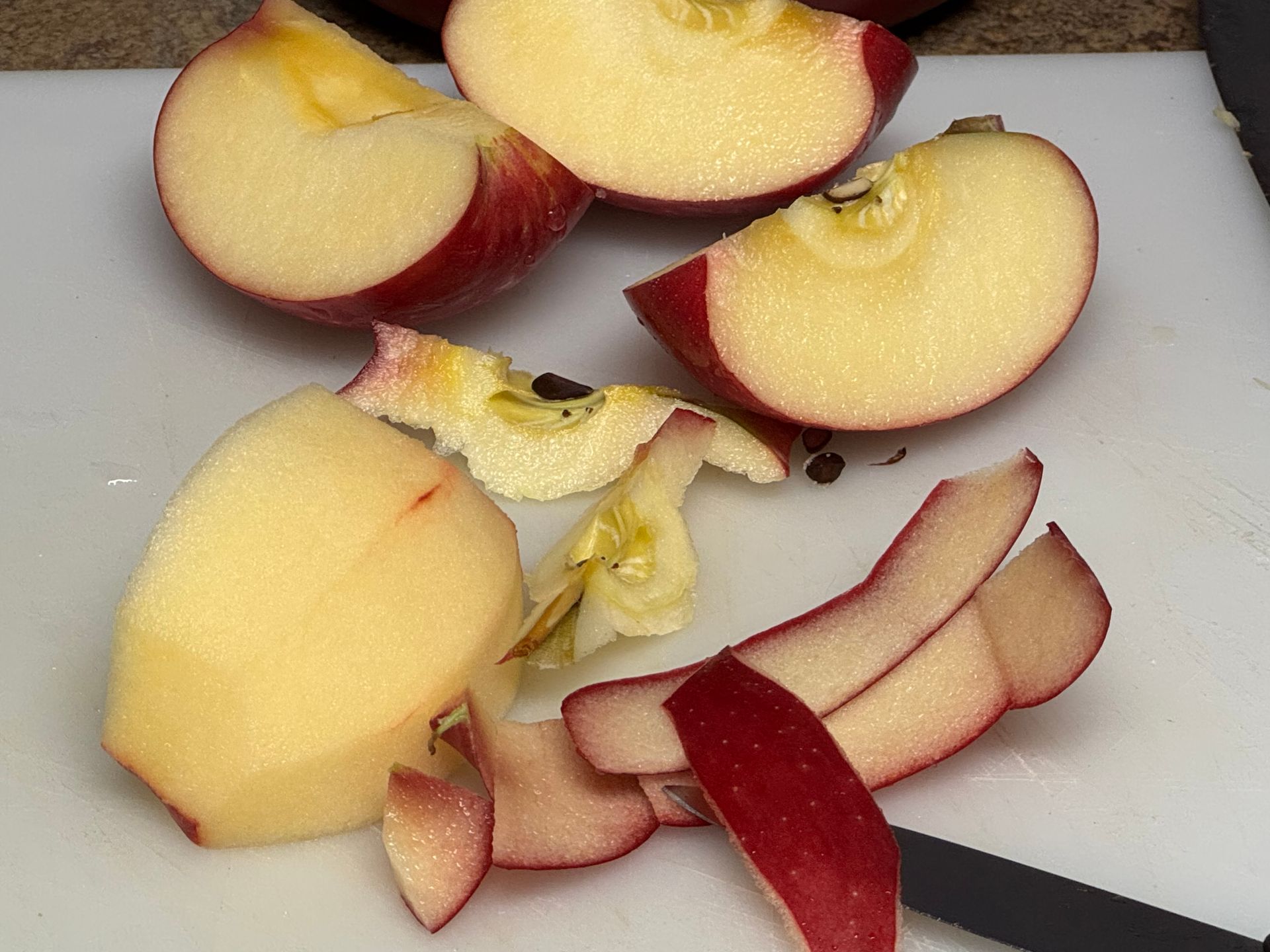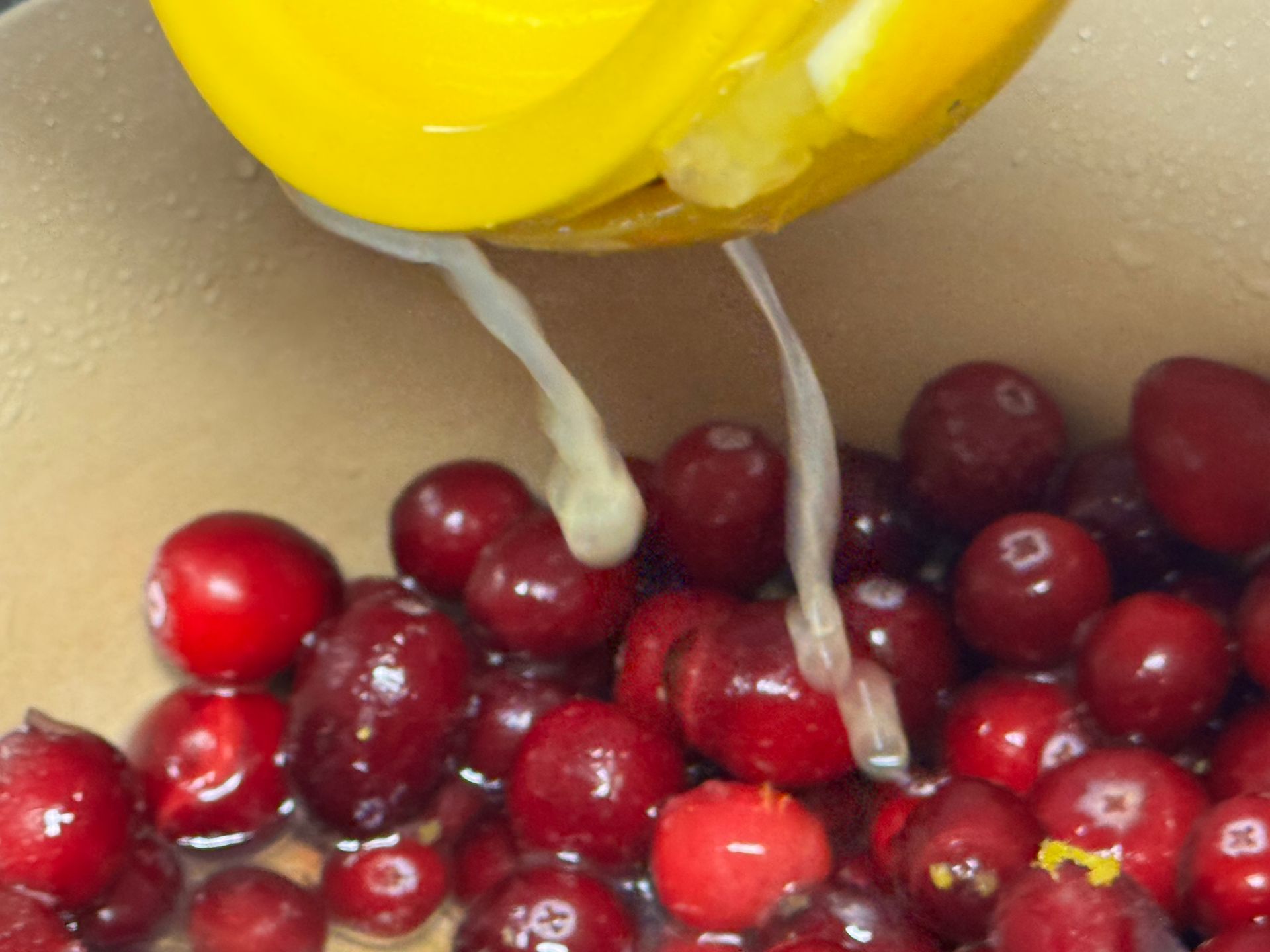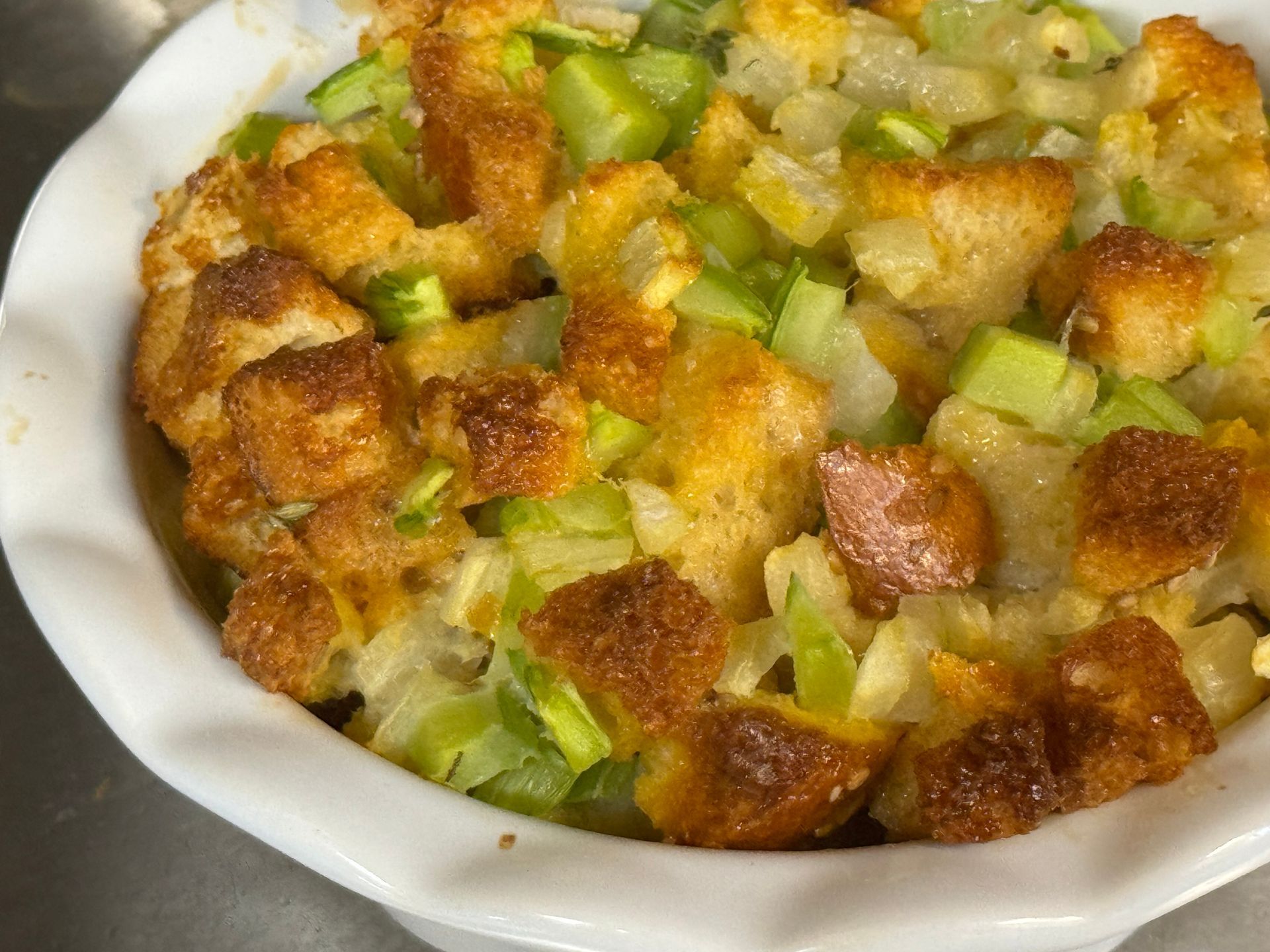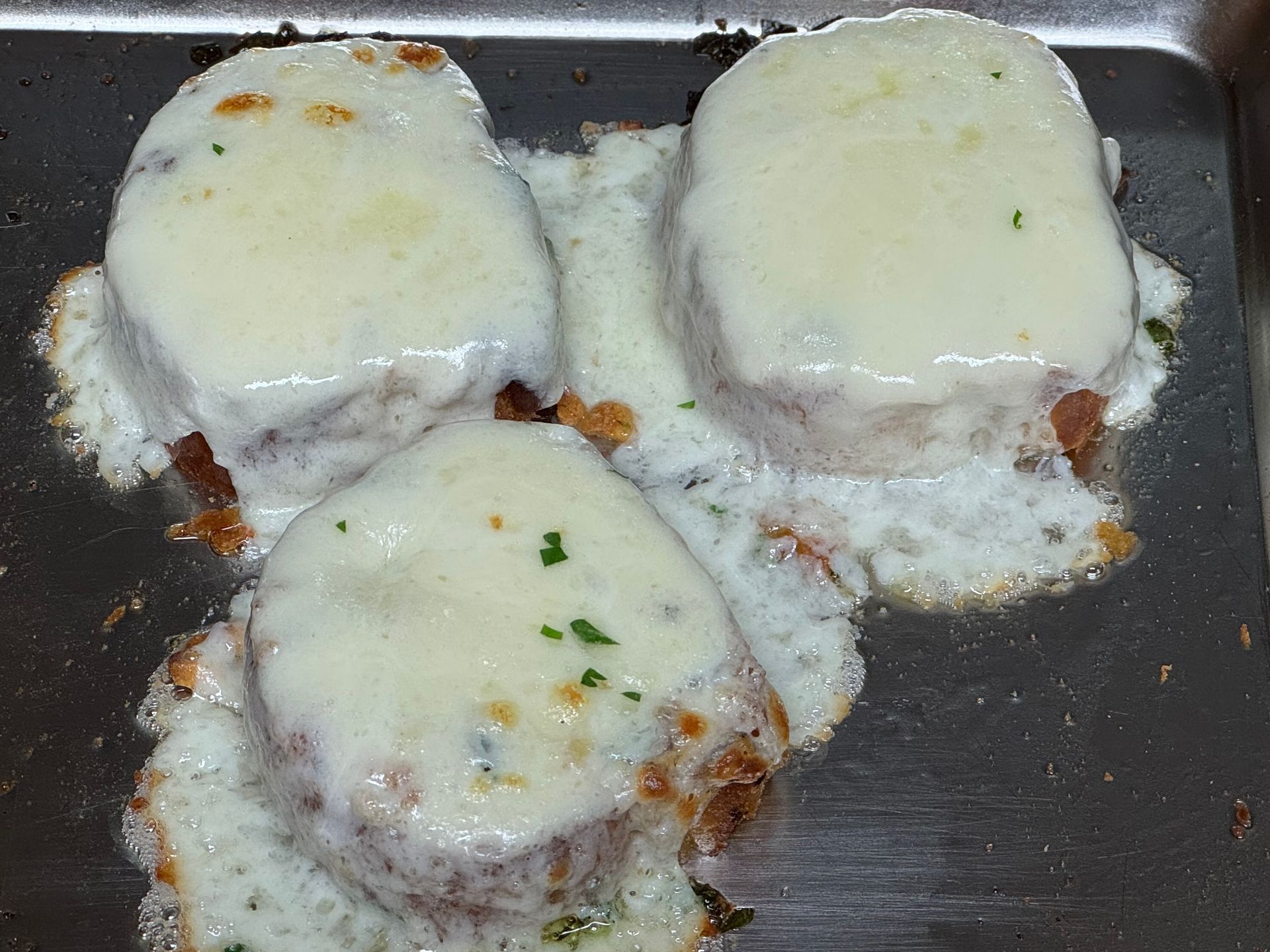
The absolute best gingerbread cookie I've ever had was made by a young student in American Regional class at the CIA. He was sous chef one day and asked if he could bake his grandmother's gingerbread recipe as a treat for the class if time permitted... I believe it was a German recipe... the best! Crunchy, spicy, sweet... so good.
Ginger Bread
I am not a great baker so I stick with 'chef' baking... mousse, cheesecake, some cookies, brownies...
But I do bake a variety of Christmas cookies each year, mostly Italian recipes handed down from my mother and aunts.
Gingerbread is my passion! I experiment with several recipes each year, searching for the perfect, spicy/crunchy/ sweet ginger cookie.
This recipe is a combination of several recipes 'tweaked' into one that I really like. I hope you enjoy it (with milk).
There are a lot of ingredients... mostly spices. I noticed there are now Gingerbread spice blends on the market but I haven't tried any yet.
Making Gingerbread
Prep Time: 10 min
Cooking Time: 20 min
Yield: 10 portions
Ingredients
1 C Butter, room temperature
3/4 C. Brown Sugar
1/2 tsp Salt
3tsp Cinnamon
3 tsp Ginger
1/4 tsp Allspice
1/2 tsp. Nutmeg
1/2 tsp. Clove
1 C Molasses
1/2 tsp Vinegar, cider
2 tsp. Baking Soda
1 ea. Egg
4 C. AP Flour
How to Prepare Gingerbread cutouts
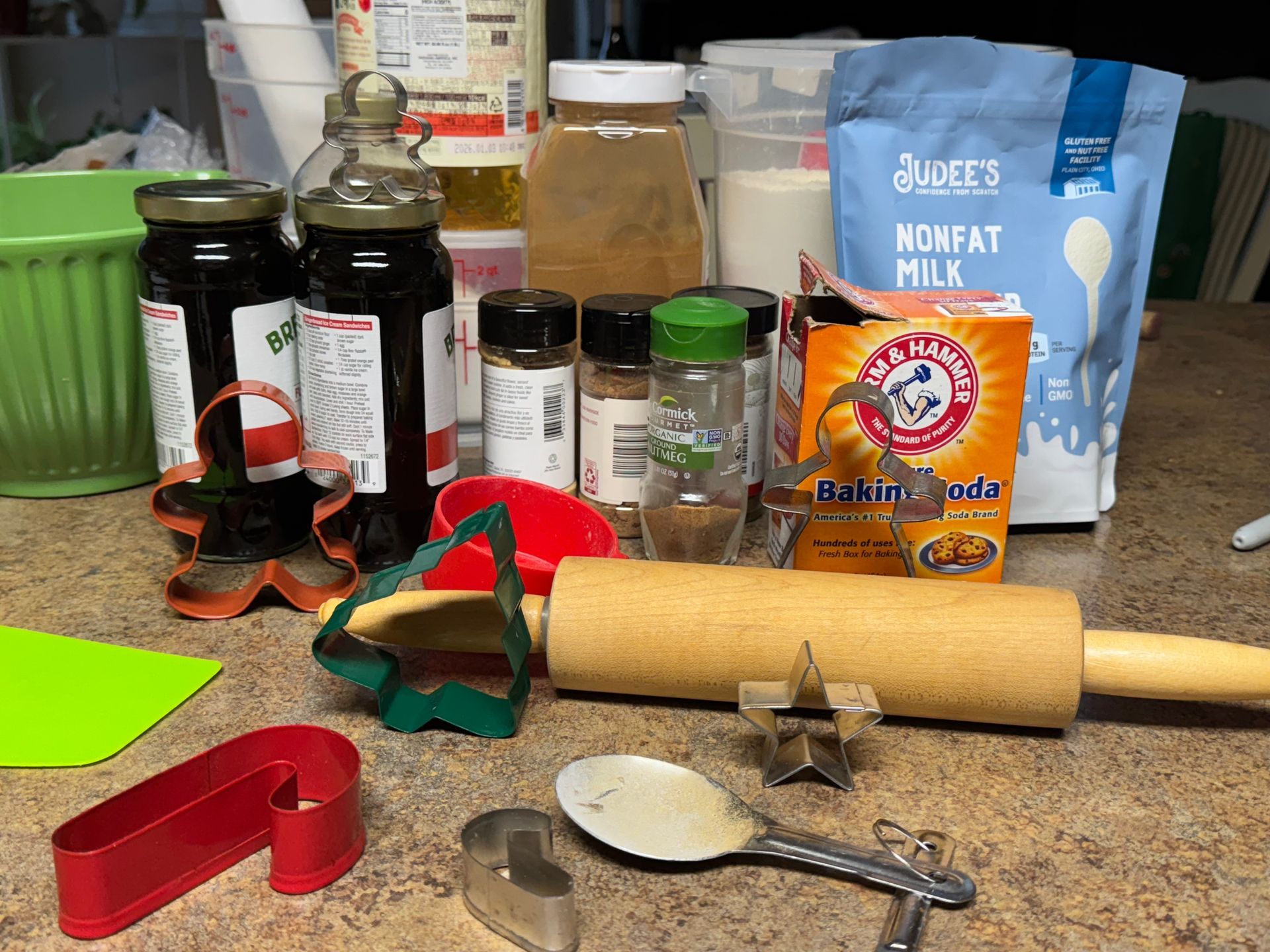
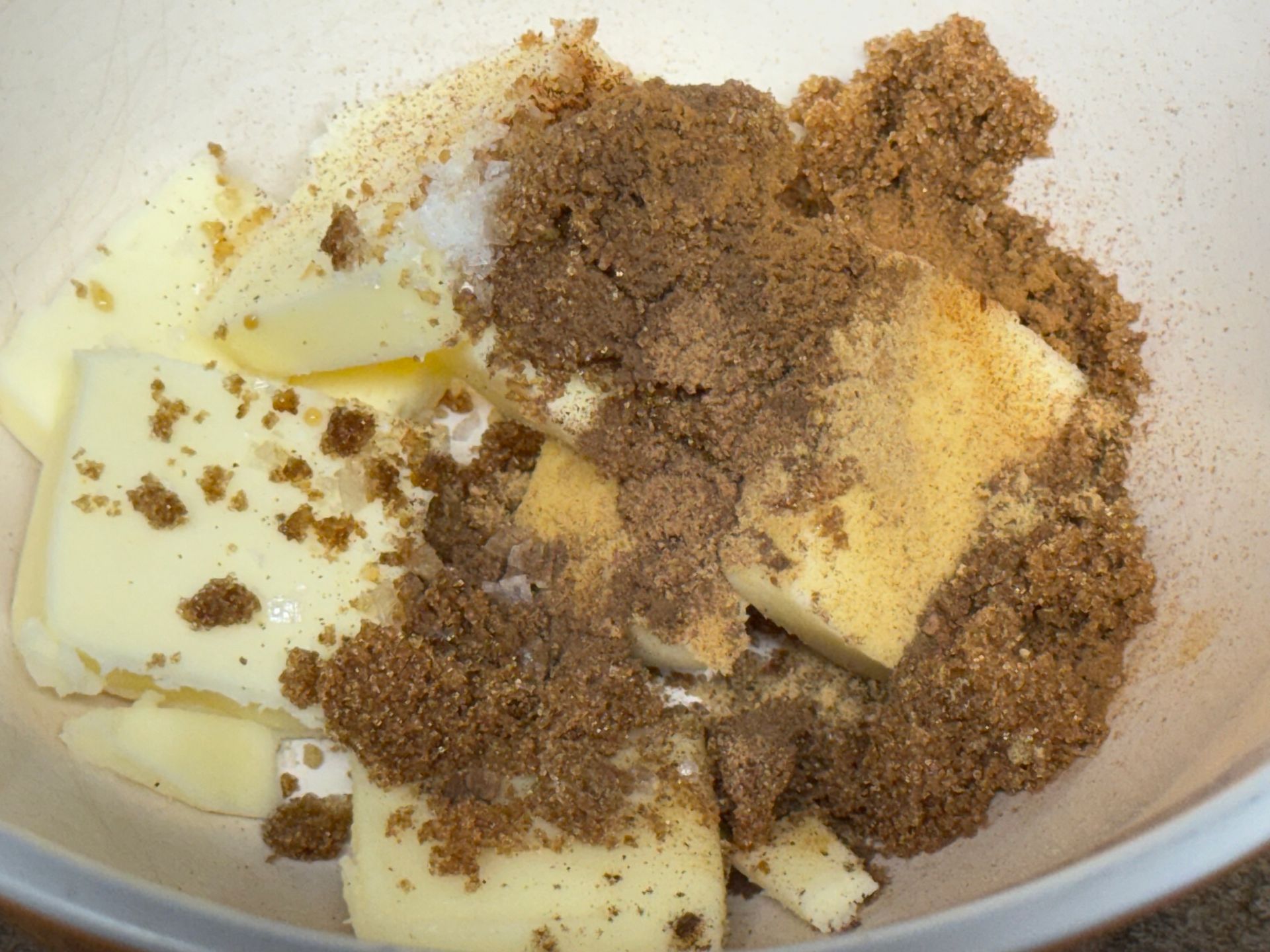
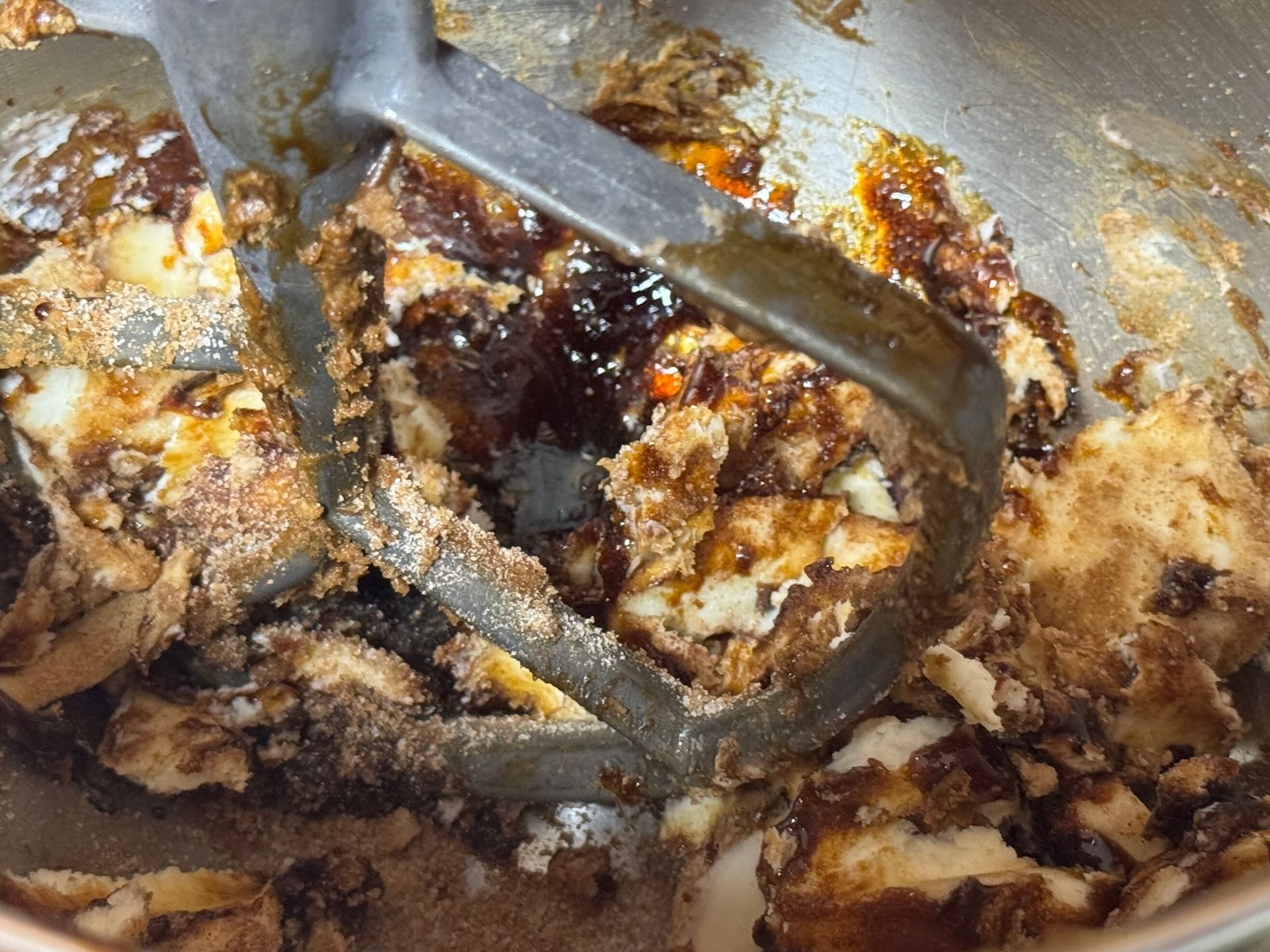

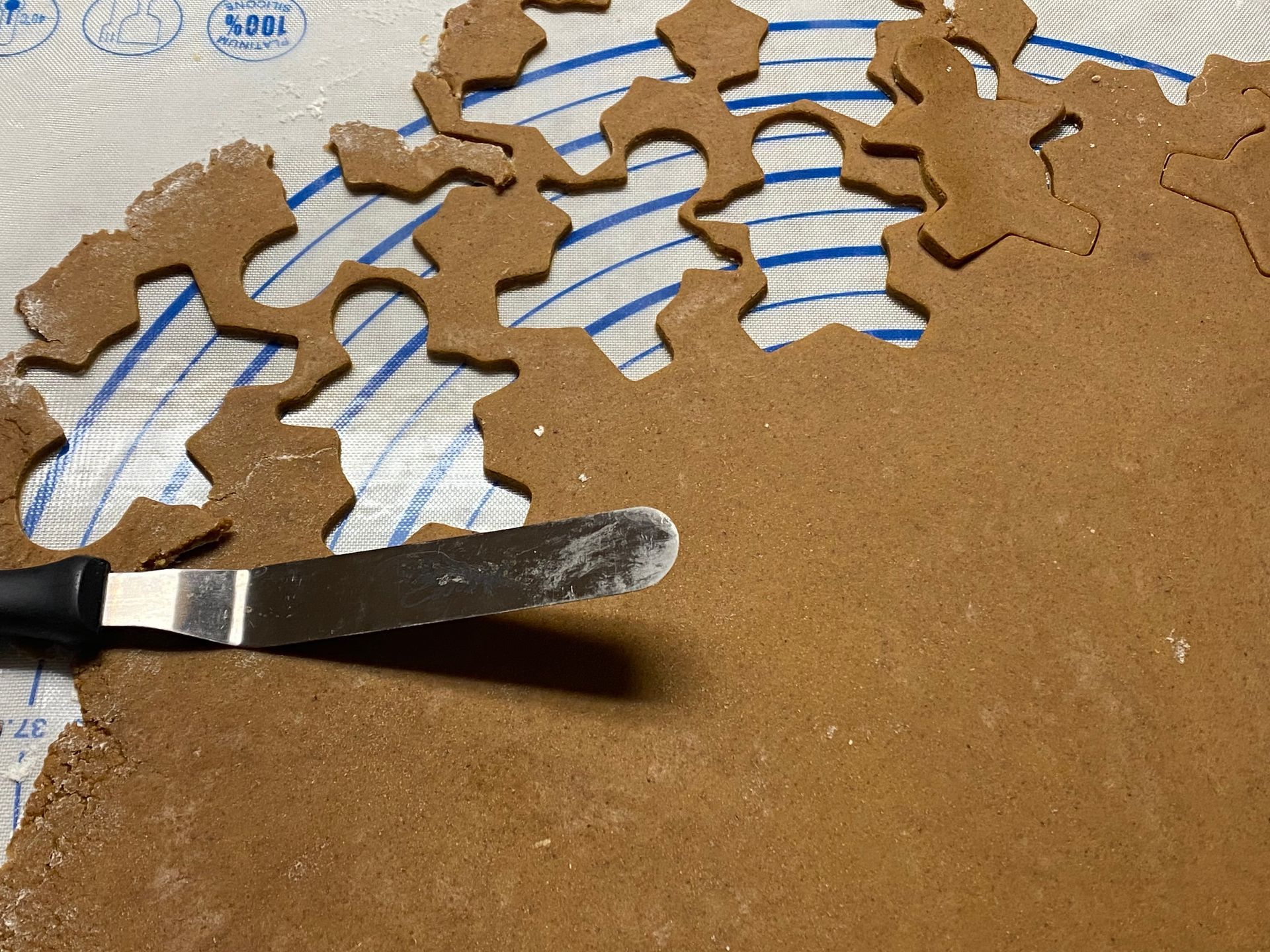
Step 1 Making the gingerbread dough
I prefer a spicy gingerbread dough, which is a little on the darker side and doesn't rise to much. The spices help with the spicy flavor and color.
Place the butter, brown sugar and spices into the mixing bowl. Using the paddle, blend to a coarse mixture.
Add the molasses and vinegar, incorporate.
Add the baking soda and the egg, incorporate.
Finally add the flour, blend to a paste but do not overwork the dough.
Step 2 Rolling out and cutting
Place 1/2 of the dough onto a floured counter (on parchment), gently flatten and place the dough someplace cold to firm up.
Repeat with the second remaining dough.
When the dough is cool, roll out to about 1/8th inch thick and cool again. Repeat with the other portion. When the dough is cool/cold it will be much easier to work with.
place a small amount of flour near the area you are working and dip the cooking cutter into the flour periodically before cutting out shapes (to avoid sticking). Cut out several shapes and gently place onto a sheet pan lined with parchment paper. If the dough begins to stick, place in a cool spot and continue when the dough is firm.
When all of the dough is 'cut'... reshape and reroll-continue until the dough is all cut into shapes. The rerolled dough will be slightly firmer and less delicate but still delicious!
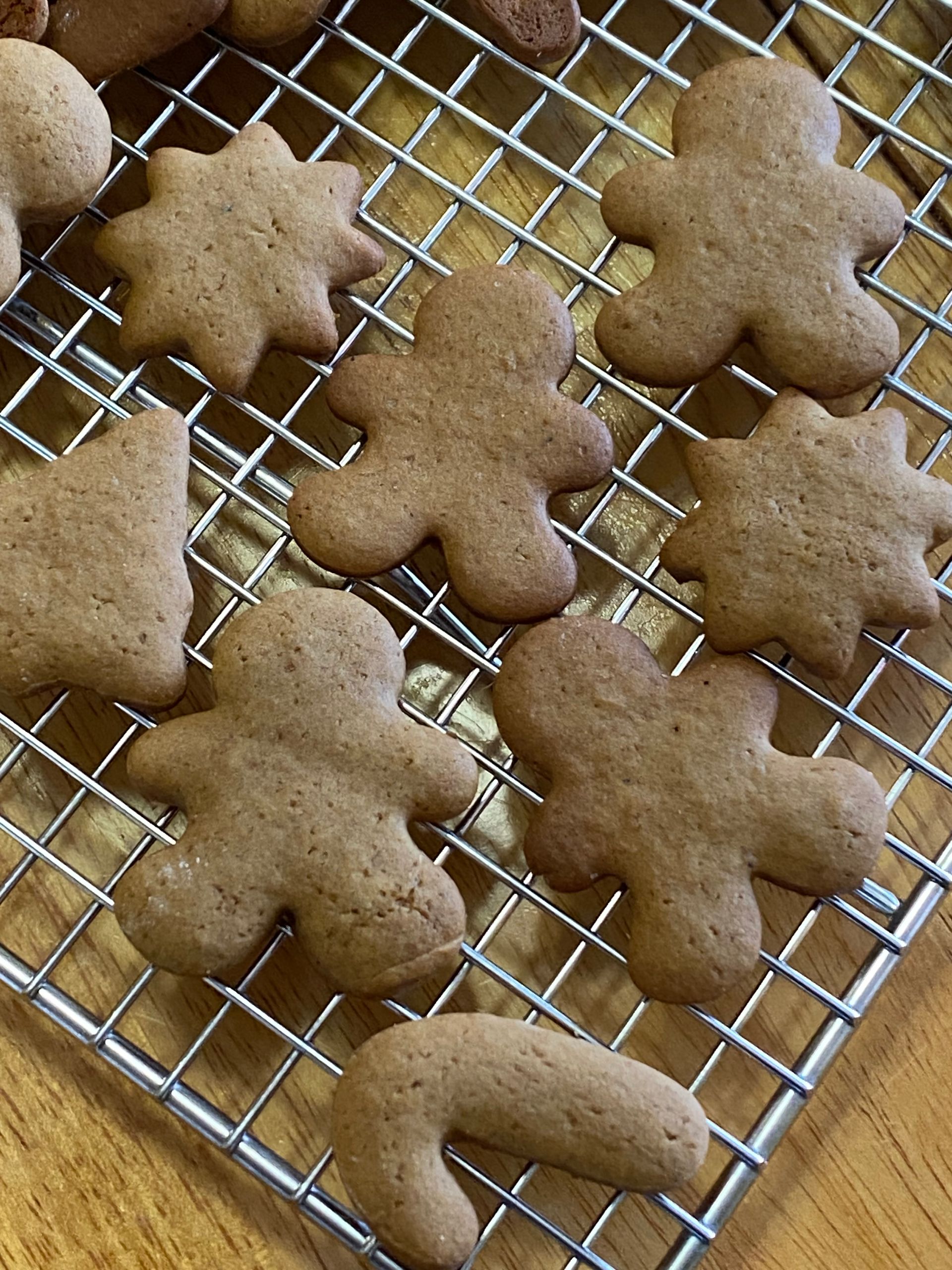

Step 3 Baking
Bake in a preheated oven at 350°F for about 8--10 minutes, when the cookies have puffed a bit and you can see the surface is no longer wet and sticky.
Cool and enjoy-
or frost if you like.
